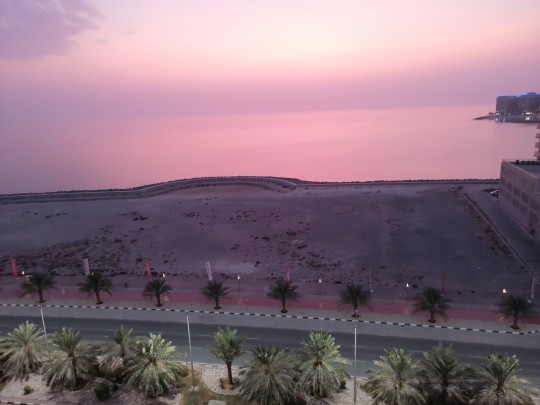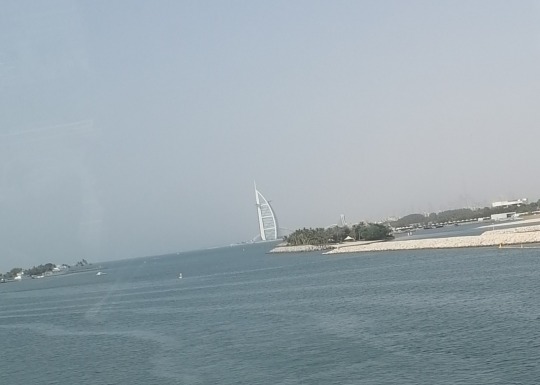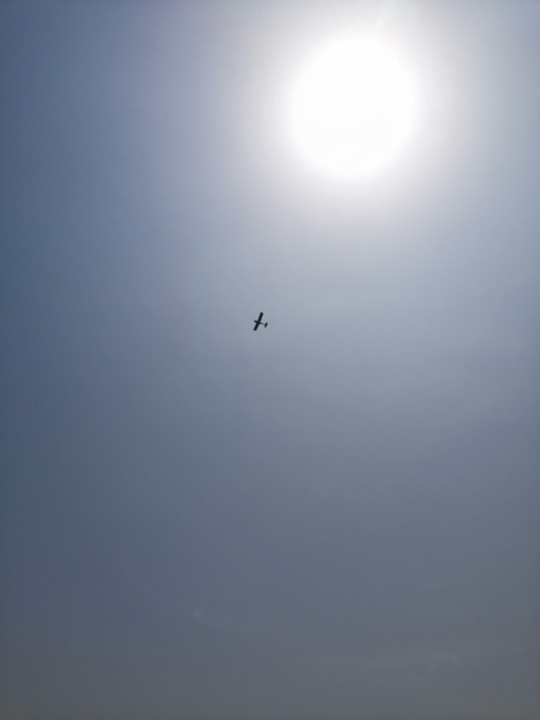#persian gulf
Text
Boyah
Boyah (plural: Boyat) was subcultural identity of AFAB non-binary,tomboy,demi girl & trans-masculine folks of Persian Gulf. Boyat are asigned female at birth,but express gender atypical behaviour. The origin of this queer subculture is unclear, some boyat claimed that it was started through online forums & groups. [citation needed]
Boyah subculture was more visible in Gulf states (including Kuwait,Oman,Saudi Arabia,UAE,Bahrain). Boyah identity may fall under the modern Transgender and Non-binary umbrella. However some people may considered them as people of forth gender.
Sexuality
Boyat folk's sexuality can be confusing in various cultural contexts. Most of the Boyat had intimate and romantic relationships with cis-girls in their past life, but they do not consider themselves as homosexual.
The term Boyah itself does not mean lesbian in arabic.In later life many Boyat had to pursue a heterosexual marriage & had children.Because marriage is a obligatory in local arabic customs.In addition to this, some boyah were androsexual & interested in boys only.
Culture & Lifestyle
Trans-masculine/tomboys/AFAB non-binary/AFAB genderpunk took the “Boyah” cultural identity in their early adolescence. On the otherhand, some boyat took the male role to challenge societal gender norms and stereotypes in Arabic Gulf States.
In general, a boyah is characterized by no make-up, no feminine expressions, no feminine name,feminine pronouns.In boyah subculture, Boyat community may use a massive masculine watches.Boyat people worn loose-fitting male cloth with a touch of the military, vibrantly coloured dresses,shirts and boyah jeans(which are baggy with big prints all over them). Since the age of internet Arab's boyat community started informal groups,online forums.
Most of the boyat have to lead double lives because gulf states has strict cultural gender roles especially for womxn.Many of them are forced to get married.In general Boyah phenomena is considered a disgrace to an arab family's honour.Additionally atypical gender expression is seems to be indecent and deviant in GCC states.Many boyat face stigma for not adhering with rigid patriarchal gender roles.
After leaving home, many undergo a radical transformation,changing their clothes at school/college or a friend's house.While in transition ,they run no real risk of being caught because,while in public, Emirates women are required to wear the national dress - a long black over-garment called an abaya, which makes it easier to switch roles without drawing attention.
Media
In general, Gulf media portrays queerness in negetive ways. A Boyah named Abeer appeared on the Saudi TV Show “Ya Hala” where he/ze said that he/ze was attracted to women while still at school. He/Ze had a complete love relationship with a classmate for a long time. Another person named Hamood joined a show of Radio Sawa where he/ze explained ze was rebelling against social (gender) norms and his/zee family’s restrictions through this boyah phenomena.
On a national television of UAE, a boyah named Bandar openly spoke about his queer relationship with another girl and expressed the desire to marry her and have children with her through IVF. His statement on Abu Dhabi's national television shocked the whole nation.
Decline of Boyah Culture
In the Persian Gulf region, boyah identity became very controversial since 2007. In 2007, the Kuwaiti parliament amended Article 198 of the country’s penal code so that anyone “imitating the opposite sex in any way” could face up to a year in jail and/or a fine of 1,000 dinars ($3,500). A further problem was that the law made no attempt to define “imitating the opposite sex” So it was basically left to the discretion of the police. Within a couple of weeks at least 14 people had been arrested in Kuwait City & thrown into prison. Boyat made their debut as a public concern in 2008 when Dubai police denounced cross-dressing - its chief, Dahi Khalfan Tamim, called on the Ministry of Social Affairs to find out how widespread the practice is and what causes it.
In 2009, Dubai launched a public campaign under the slogan "Excuse Me, I am a Girl", which cautioned against “masculine” behaviour among AFAB queers & tomboys and aimed to steer them towards "femininity". The impetus for this was a moral panic which swept through several Gulf states at that time, regarding the Boyah phenomena. 2 months after announcing the campaign the police persecuted 40 people (for their gender atypical expression), imprisoned them for 3 years in jail.In addition, trans-masculine/trans males,trans women,gender-queers were also shamed & abused by the UAE's police team.
Public Attitudes
Many conservative patriarchal arab people see a greater danger in the Boyah subcultural practices; they fear it can become permanent and cause great distress for the women and their families.
Psychiatrist Yousef Abou Allaban says, "It can go extreme, where they change their sex and have an operation.'' Saudi journalist Yousef Al-Qafari said in an interview on Radio Sawa that family disintegration and lack of true love have led women to act like a man. Al-Qafari said education was the best way to tackle this phenomenon.He called on the Ministry of Education to take up this role.
Social worker Nadia Naseer said, “Families play an essential role in such cases. Families should monitor their female members, especially when they start acting like men by cutting their hair short, wearing men’s clothing, or refusing to wear women’s accessories”. She also said, when a girl or woman does this,she is looking for attention & sending a message that she is a boyah.
Saudi writer Randa Alsheikh, in one of her columns, said that she attended a social gathering where she saw a group of females who appeared almost completely like men.“I would not be exaggerating if I say I could not tell the difference between them and men,” she wrote.She said that they looked, talked and walked like men & “even worse” some appeared to be in their 40s. We need to quickly address this phenomenon to contain these girls so that they are able to build good families and a healthy society,”
#Boyah#Booyah#Boyat#arabic#GCC#Persian Gulf#queer#trans masculine#genderqueer#gender variance#AFAB#Middle Eastern#queer culture#cultural gender identity
251 notes
·
View notes
Text
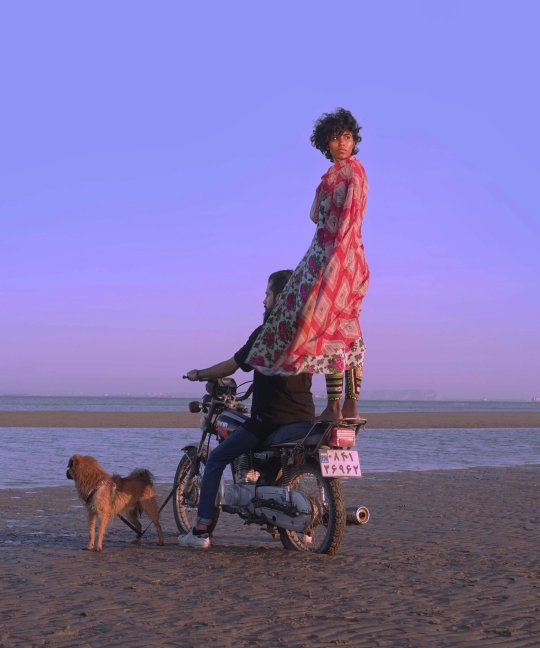
Bandari people/ Bandar Abbas/ Iran
Photography: Morteza niknahad
#iran#middle east#persian#iranian#persia#farsi#art#culture#bandari#bandarabbas#people#girls#persian gulf#sea
79 notes
·
View notes
Photo

USN Tomcat from Strike Fighter Squadron 213 over the Persian Gulf (2005)
137 notes
·
View notes
Text

A bioluminescent shoreline in the Persian Gulf -- a phenomenon caused by distressed marine plankton that creates a beautiful shimmering effect.
The electric blue light can fend off predators and lure prey as well.
#bioluminescent#shoreline#shimmering#starry night#night sky#sea#beach#travel photography#amazing nature#nature#travel#travel destinations#persian gulf
28 notes
·
View notes
Text
🇮🇷⚔️🇮🇱 🚁⛴️ 🚨
IRAN SEIZES ISRAELI VESSEL IN THE STRAIGHT OF HORMUZ
📹 Scenes from an Islamic Revolutionary Guard Corps (IRGC) operation seizing an Israeli commercial vessel operating off the coast of Dubai and headed into the Straight of Hormuz in the Persian Gulf on Saturday.
According to a report in the Iranian Tasmin news agency, Iranian IRGC forces seized the Israeli cargo vessel, the MSC Aries, which flies the Portuguese flag and is owned and operated by London-based Zodiac Maritime, a subsidiary of the Israeli billionaire Eyal Ofer's Zodiac Group.
#source
#videosource
@WorkerSolidarityNews
#iran#israel#occupied palestine#regional war#middle east#iran news#irgc#islamic revolutionary guard corps#israel news#palestine#palestine news#iranian military#straight of hormuz#persian gulf#politics#news#geopolitics#world news#global news#international news#war#breaking news#current events#israeli terrorism#israeli crimes#iran vs israel#west asia#middle east news#arab israeli conflict#israeli occupation
11 notes
·
View notes
Text

D O H A
40 notes
·
View notes
Photo

The Persian Gulf forms the center of this photograph taken by an astronaut from the International Space Station (ISS). The nighttime lights mark the larger cities and highways of Bahrain, Iran, Iraq, Kuwait, Qatar, Saudi Arabia, and the United Arab Emirates. The brightest lights are concentrated along the southern and western coastlines, where the major cities of Kuwait City, Doha, Abu Dhabi, and Dubai stand out. Several smaller port cities line the northern coast at the foot of the Zagros Mountains.
The lights speckled across the dark waters of the Gulf indicate ships passing through one of the world’s major trade routes. The narrowest section is the Strait of Hormuz, which connects the Persian Gulf to the Gulf of Oman. The Strait varies in width between 39 and 96 kilometers (21 to 90 nautical miles) and represents an important chokepoint in the global trade network that funnels millions of barrels of crude oil and petroleum products per day through the region.
This photograph provides an excellent example of the wide field of view that crew members have from their perch on the ISS. Tehran, the capital of Iran, is visible near the Earth limb and stands approximately 1200 kilometers (750 miles) from Dubai.
Astronaut photograph ISS063-E-81262 was acquired on August 31, 2020, with a Nikon D5 digital camera using a 28 millimeter lens and is provided by the ISS Crew Earth Observations Facility and the Earth Science and Remote Sensing Unit, Johnson Space Center. The image was taken by a member of the Expedition 63 crew. The image has been cropped and enhanced to improve contrast, and lens artifacts have been removed. The International Space Station Program supports the laboratory as part of the ISS National Lab to help astronauts take pictures of Earth that will be of the greatest value to scientists and the public, and to make those images freely available on the Internet. Additional images taken by astronauts and cosmonauts can be viewed at the NASA/JSC Gateway to Astronaut Photography of Earth. Caption by Laura Phoebus, Jacobs, JETS Contract at NASA-JSC.
214 notes
·
View notes
Text
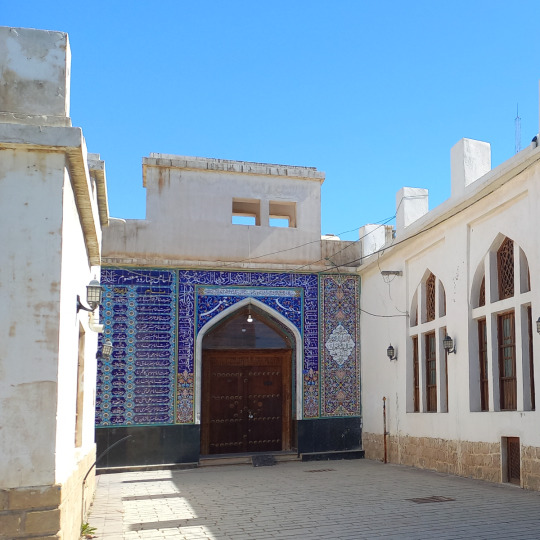

Jo.me
65 notes
·
View notes
Text
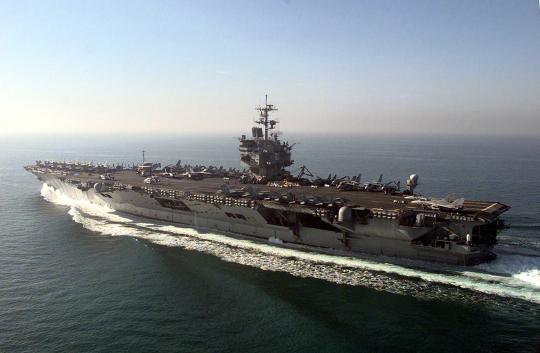
USS Enterprise (CVN-65) steams to the southern end of its operating area in the Persian Gulf the morning after the first wave of air strikes on Iraqi targets on December 17, 1998, in support of Operation Desert Fox.
source
#USS Enterprise (CVN-65)#USS Enterprise#Aircraft Carrier#warship#ship#Persian Gulf#Operation Desert Fox#December#1998#united states navy#us navy#navy#usn#u.s. navy#my post
61 notes
·
View notes
Text
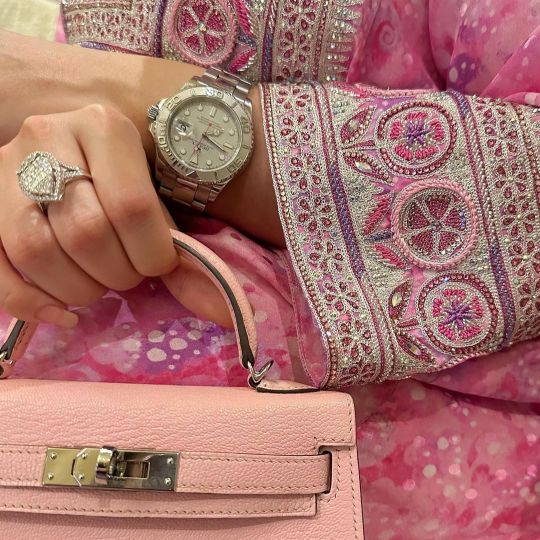
Pink Friday 💓
IG: alyaa.alr
24 notes
·
View notes
Text
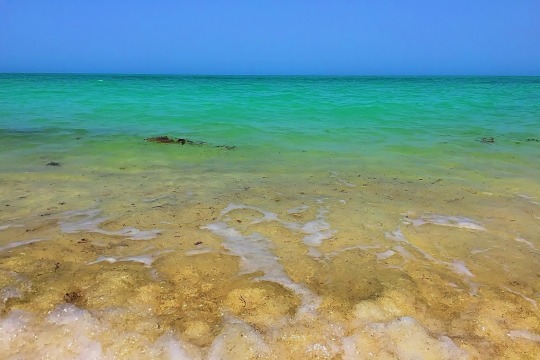
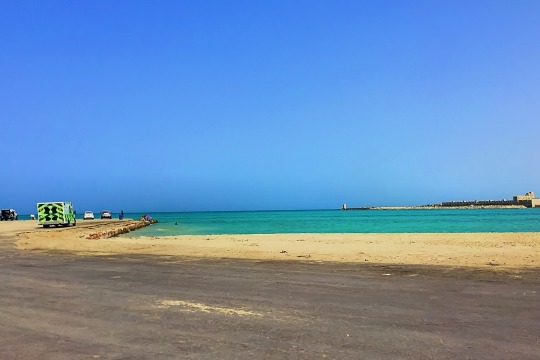
Meet Me Where The Sky Touches The Sea.
Wait For Me Where The World Begins.
~Jennifer Donnelly
8 notes
·
View notes
Text
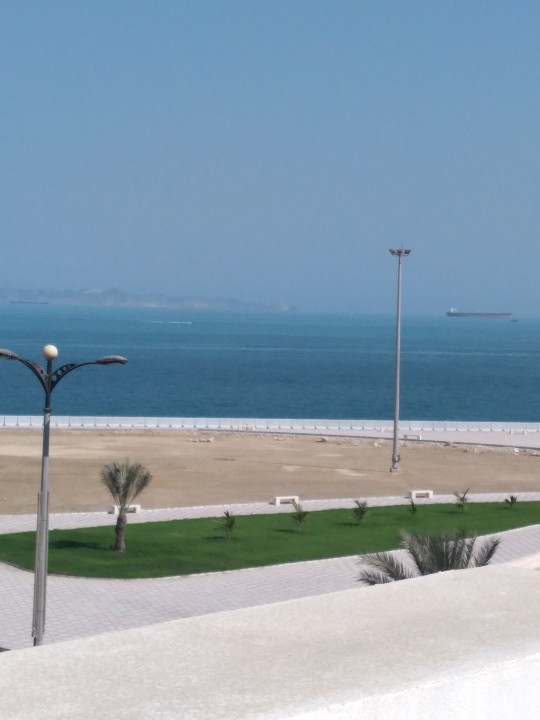
"Where is
the truth?"
The only truth
is here.
Touch the water,
it smells like Persia,
and the sun reads
the story of bravery
in her eyes.
Here is where
the blood ran through,
and the truth
turned real
in the immortal gulf.
- i took this pic yesterday morning, while i was standing on a balcony that had a glorious view to the Persian Gulf :)
10 notes
·
View notes
Text
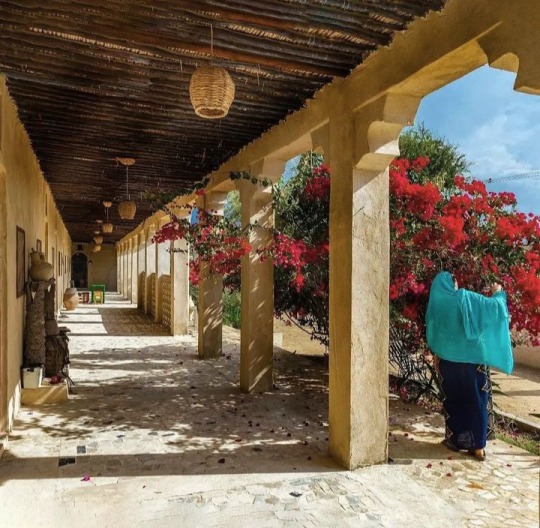
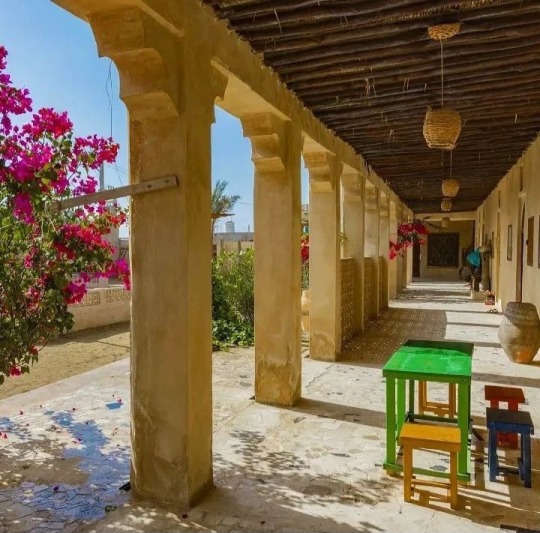
Friend's house/ Qeshm Island/ Persian gulf/ Iran
#iran#middle east#iranian#persian#persia#farsi#culture#architecture#art#qeshm#island#persian gulf#places
173 notes
·
View notes
Link
• CIA Documents on Iran | 1951-1978
#shah of iran#mohammad reza pahlavi#the shah#monarchy#iran#iranian#tehran#persian#middle east#us foreign policy#foreign policy#soviet union#russia#1968#potentate#dictators#persian gulf#saudi arabia#USSR#oil#royalty#kings and queens#kings#land reform#central intelligence agency#CIA#iranian history#cold war#egypt#bahrain
8 notes
·
View notes

